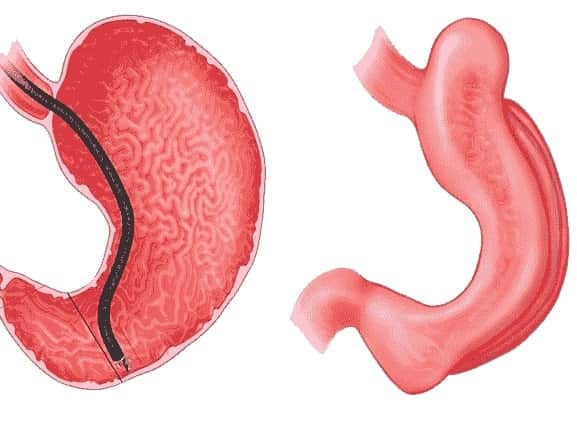Endoscopic plication
Definition
 The endosleeve technique involves folding the inner wall of the stomach using an endoscopic approach. This minimally invasive method reduces the size of the stomach and promotes weight loss in patients with obesity. Endosleeve is also known as Endoscopic Gastric Sleeve (EGS) or simply Endoscopic Gastric Pplication.
The endosleeve technique involves folding the inner wall of the stomach using an endoscopic approach. This minimally invasive method reduces the size of the stomach and promotes weight loss in patients with obesity. Endosleeve is also known as Endoscopic Gastric Sleeve (EGS) or simply Endoscopic Gastric Pplication.
Who is a candidate?
To be a candidate for Gastric Endosleeve in Tunisia, one must generally be in type 2 or 3 obesity.
The process
This procedure takes place under general anesthesia and lasts 1 to 2 hours. It is performed endoscopically. Hospitalization can be done on an outpatient basis or over 24 hours. It makes it possible to reduce the size of the stomach by carrying out sutures on the internal wall of the stomach. The endosleeve is a non-surgical weight loss technique. This surgery is minimally invasive and leaves no scars.
Post-operative follow-up
Generally, the postoperative course of endosleeve is straightforward, although patients may experience postoperative pain. Since there is no incision or scar, patients can return to daily activities quickly.
Benefits
The benefits of endosleeve are numerous. First of all, it is a non-surgical technique that does not leave a scar. It reduces the size of the stomach and promotes weight loss in patients with obesity. Endosleeve is a minimally invasive procedure that does not require prolonged hospitalization. Patients can resume their daily activities quickly. Finally, the endosleeve is an alternative to conventional bariatric surgery for patients who cannot undergo major surgery.
Risks and Complications
Although the risks and complications of endosleeve are generally rare, there are some risks associated with this procedure. These complications may include abdominal pain, nausea, vomiting, irritation of the esophagus or stomach, bleeding, infection, perforation of the stomach wall, or leakage of stomach fluid.
What are your BMI and IMG indexes ?
Tests to do before a Gastric plication
Blood group. Full blood count. Serum Urea. serum creatinine. Protidemia and protein electrophoresis. Serum electrolytes. Calcemia. Cholesterol. Triglycerides. HDL, VLDL. Low cortisol at 7 a.m. Thyrostimulin T4. FSH. LH.
Osogastroduodenal endoscopy.
Electrocardiogram - Cardiac Ultrasound.
Abdominal ultrasound.